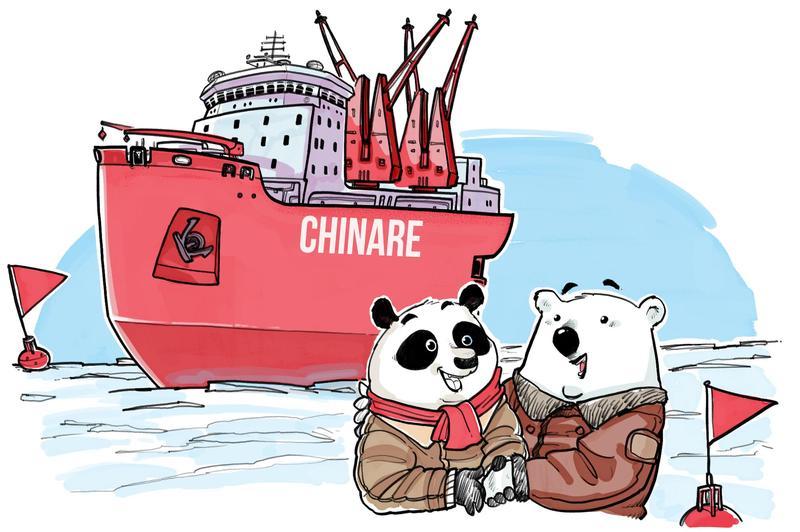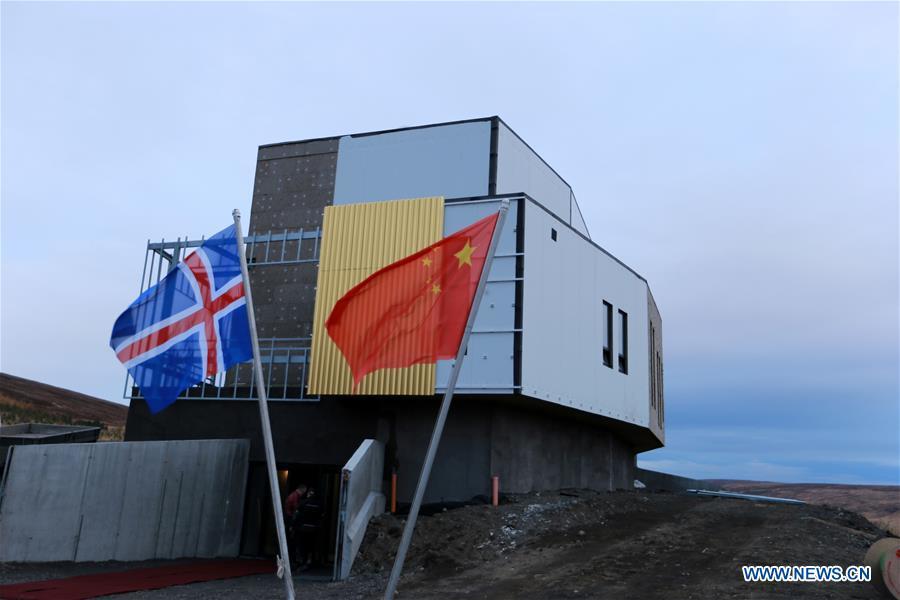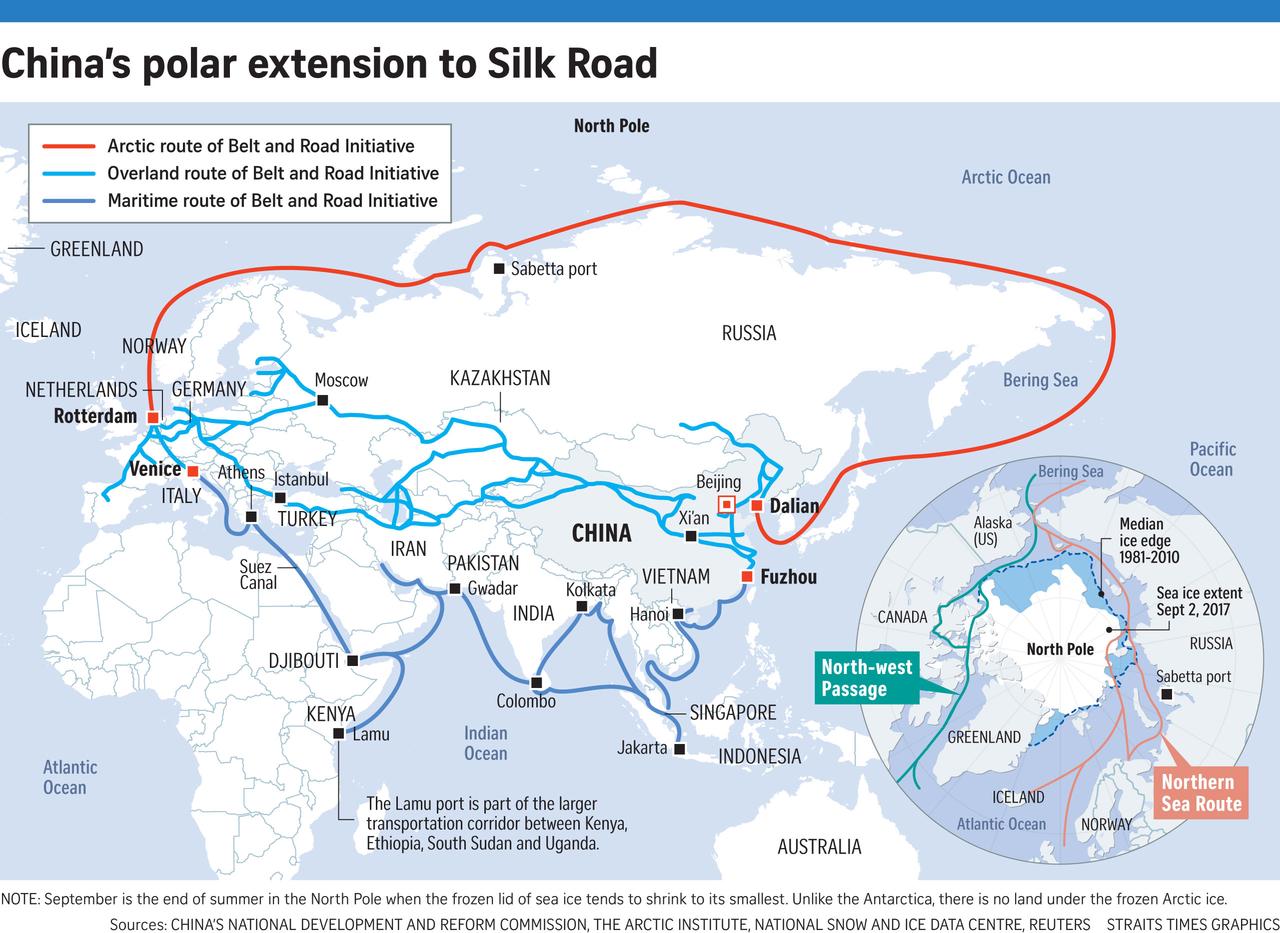it only takes a few degrees difference to create change, it need not hit 100 F in alaska to be a symptom of a problem. quite aware of incredible amounts of moisture that have fallen in last 6 mo. nope, sorry. not baffled. still having high temps here above normal, as was the last 6 months. still looks like climate change due to global warming to me. maybe if your charts, graphs and links were in color or capitalized they would be more persuasive? it seems to work in other threads here...



 i guess too much ping-pong or Rook does get dull...
i guess too much ping-pong or Rook does get dull...




